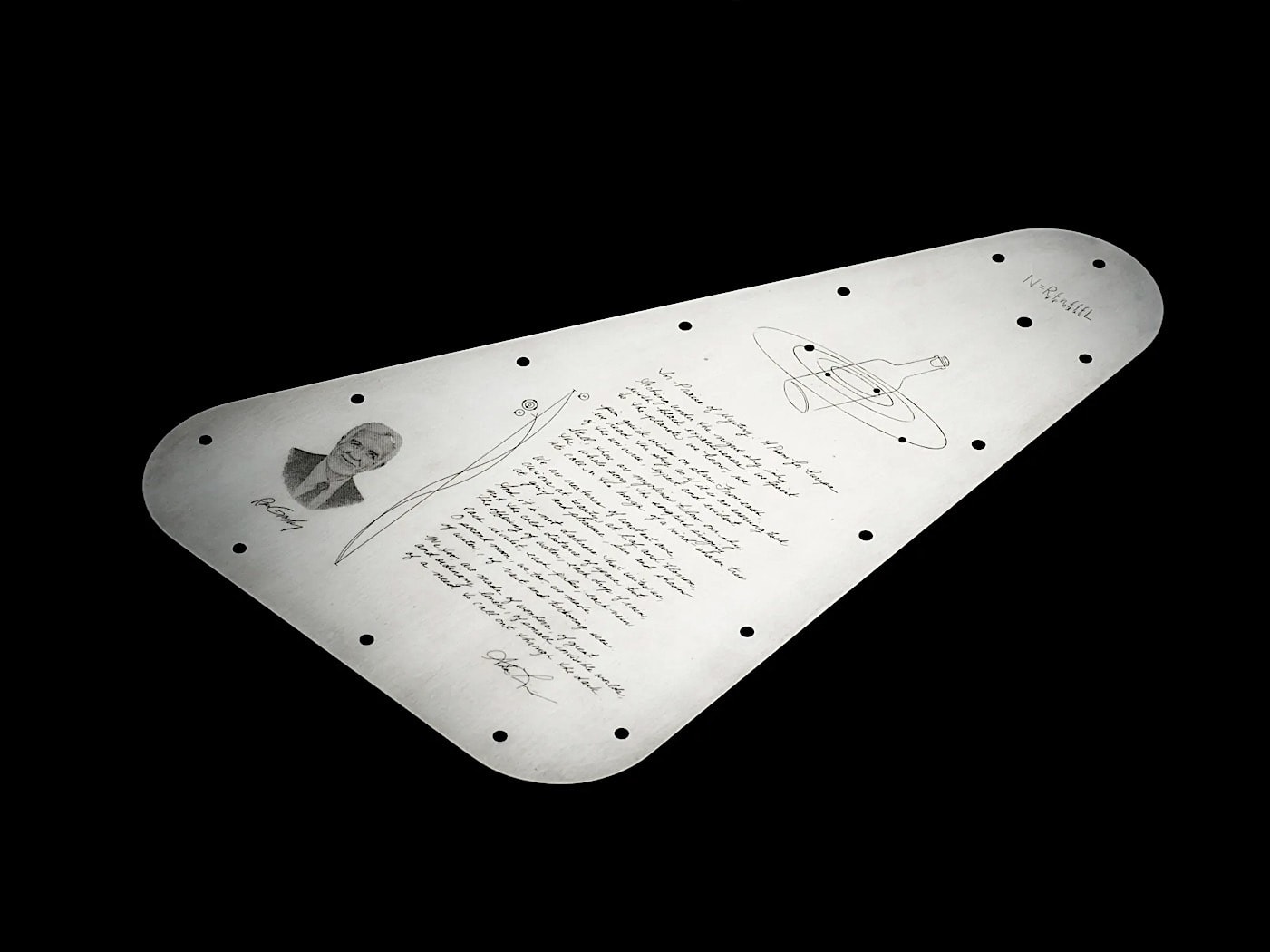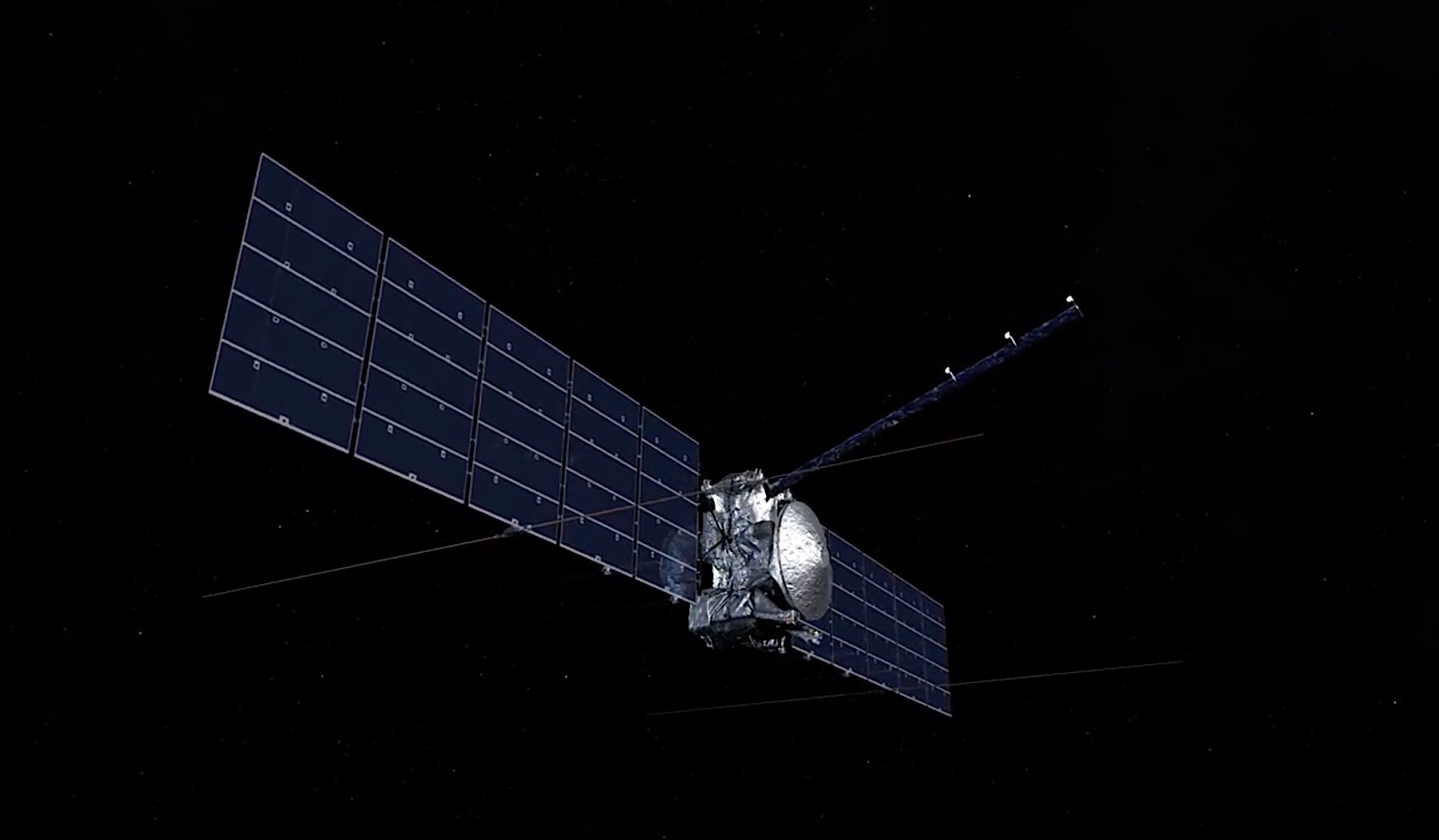The Europa Clipper, the most ambitious alien hunting mission ever undertaken, started on its journey to Jupiter’s icy moon, Europa, on October 14th, 2024. Launched atop a SpaceX Falcon Heavy rocket from NASA’s Kennedy Space Center, this groundbreaking spacecraft is the largest planetary exploration vessel ever constructed by humanity.
Europa, one of Jupiter’s Galilean moons, has long intrigued scientists as a potential haven for extraterrestrial life due to its vast subsurface ocean, which is estimated to be twice the size of Earth’s combined oceans. This ocean is thought to harbor organic compounds and energy sources, the essential ingredients for life as we know it.

The Europa Clipper’s primary mission is to determine whether life exists in this distant world, a discovery that could revolutionize our understanding of the universe and our place within it. Beyond its scientific objectives, the Europa Clipper also represents a significant technological achievement.
The spacecraft’s innovative design incorporates cutting-edge instruments and propulsion systems that will enable it to withstand Jupiter’s harsh radiation environment and conduct detailed observations of Europa’s surface and subsurface.
These instruments include a high resolution camera, a radar sounder, a magnetometer, and a mass spectrometer, which will be used to analyze the composition of Europa’s surface and atmosphere.
The Europa Clipper’s journey to Jupiter will take approximately six years, during which time the spacecraft will perform several flybys of the moon. These flybys will provide opportunities for close-up observations of Europa’s surface, including its icy crust, tectonic features, and potential volcanic activity.
The spacecraft will also collect data on the moon’s gravitational field and magnetic environment, which will help scientists to better understand the structure and dynamics of its subsurface ocean.
If the Europa Clipper discovers evidence of life on Europa, it will be a monumental breakthrough in the search for extraterrestrial intelligence. Such a discovery would not only confirm the existence of life beyond Earth but also suggest that the conditions necessary for life may be more widespread in the universe than previously thought.
Moreover, it would have profound implications for our understanding of the origins of life and the potential for human exploration and colonization of other worlds. The Europa Clipper, a spacecraft equipped with nine instruments designed to study the geology and composition of Europa, a moon of Jupiter, was launched this week on a five and a half year journey.

The spacecraft will take a circuitous route, utilizing gravity assists from Mars and Earth to accelerate, and is expected to arrive at Jupiter in April 2030.
Upon reaching its destination, the Europa Clipper will conduct 49 close flybys of Europa, each lasting less than a day to minimize exposure to the harmful radiation present near Jupiter.
NASA has planned to allow up to three weeks to elapse between each flyby, extending the duration of the mission. The Europa Clipper’s mission is significant due to the potential for life on Europa.
Scientists believe that beneath Europa’s icy surface lies a vast subsurface ocean, which may harbor conditions conducive to microbial life. By studying Europa’s surface and subsurface, the Europa Clipper aims to shed light on the possibility of extraterrestrial life and advance our understanding of the solar system.

